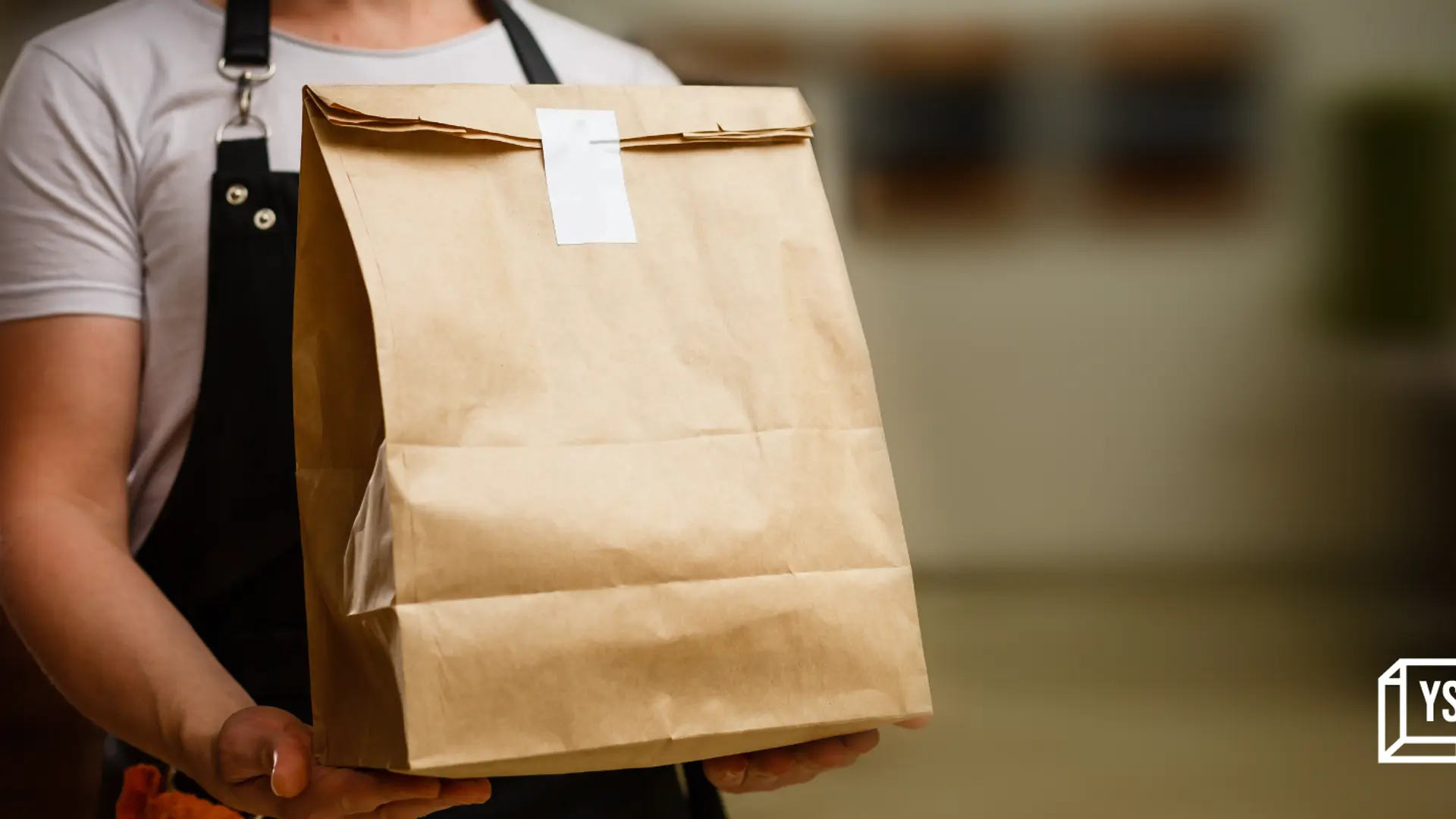Navigating the last mile: Enhancing user experiences in India's logistics and delivery services
The future of logistics and delivery services in India lies in enhancing the quality, transparency, and inclusivity of the user experience.
In the ever-evolving landscape of Indian logistics and delivery services, companies are increasingly focusing on optimising the 'last mile'—the final step in the delivery process. This segment is crucial because it directly impacts customer satisfaction and loyalty.
With India's diverse and demanding consumer base, businesses face unique challenges that require innovative solutions to enhance user experiences. From the controversies over food preferences to the promise of ultra-fast deliveries, the Indian market offers a compelling study in complexity and innovation.
One of the most striking features of India's delivery ecosystem is its reliance on labour innovation over technological advancements. Delivering products, especially food, within 10 minutes would seem ambitious in many parts of the world. Yet, in India, this has become increasingly commonplace. This phenomenon is less about technological prowess and more about leveraging human resources effectively. The logistical frameworks supporting quick commerce in India demonstrate how labour can be orchestrated to meet tight delivery windows, showcasing a unique model of service efficiency driven by human effort.
A recent controversy involving Zomato’s launch of a ‘Pure Veg’ delivery option underscores the complexities inherent in catering to the Indian market. This controversy highlights how sensitive cultural and dietary preferences are and how they can impact business operations. Keeping India's heterogeneity in mind, companies must carefully navigate regional tastes and preferences to avoid alienating substantial customer segments. The key takeaway is that understanding and respecting these differences is not just good ethics; it’s good business.
Long before the likes of Swiggy and Zomato became household names, Domino's Pizza had already mastered the art of timely delivery. With its promise of "30 minutes or free," Domino's not only set a new standard for delivery times but also introduced a level of reliability previously unseen in the Indian market. This wasn't just about delivering food; it was about delivering certainty in an environment where delays and uncertainties were the norm.

Improving the last mile: What’s next?
With delivery efficiency seemingly squeezed to its limits, the question remains: What more can be done to enhance user experience in delivery services? Here are 5 keys to setting a new benchmark in delivery experiences:
1. Reduce ‘decidophobia’
Adding features that show what others are ordering, much like what Booking.com does with hotel bookings, could alleviate the anxiety of choice (decidophobia) many consumers face. Displaying trending items or popular choices in real time can streamline the decision process and enhance user satisfaction.
2. Eliminate fine print
Last week, I ordered four cans of soda from a quick commerce app but 16 cans were delivered to me. In my rush to place the order, I didn’t notice the fine print below the product image that said “Pack of 4”. Misunderstandings from unclear product descriptions and fine print lead to poor customer experiences. Consumers often misinterpret package sizes due to misleading visuals or hidden details in the product description. Simplifying this information and making it more visible can help reduce errors, enhance customer satisfaction and reduce returns and complaints.
3. Enhance transparency and trust
Showing customers behind-the-scenes content such as kitchen operations or food preparation can bridge the gap between online ordering and in-restaurant dining. This not only satisfies curiosity but also builds trust in food safety and quality, potentially increasing customer loyalty and preference.
4. Go green
Environmental concerns are increasingly influencing consumer choices. Offering options for sustainable packaging, and perhaps even incentivising their use, can attract a more eco-conscious clientele. Additionally, such initiatives help companies enhance their corporate social responsibility profiles.
5. Help me eat better
Just as health apps provide insights into physical activity and well-being, food delivery apps could offer analytics on eating habits and expenditure. This not only aids consumers in making healthier choices but also promotes budget management. Although it might seem counterintuitive for apps to potentially encourage reduced spending, the long-term customer loyalty gained from providing such value-added services could outweigh the short-term reductions in order size.
The future of logistics and delivery services in India lies in enhancing the quality, transparency, and inclusivity of the user experience. While navigating the complexities of the Indian market, companies must innovate continuously to meet the evolving demands and preferences of a diverse customer base.
By focusing on the last mile and delivering not just products but also reliability, transparency, and satisfaction, businesses can secure a competitive edge in this dynamic industry. The path forward will involve a delicate balance of speed, efficiency, cultural sensitivity, and technological integration to redefine the standards of customer service in the Indian logistics and delivery sector.
(Saurabh Gupta is Co-founder of ZEUX Innovation, a user experience design and innovation firm.)
Edited by Kanishk Singh
(Disclaimer: The views and opinions expressed in this article are those of the author and do not necessarily reflect the views of YourStory.)








